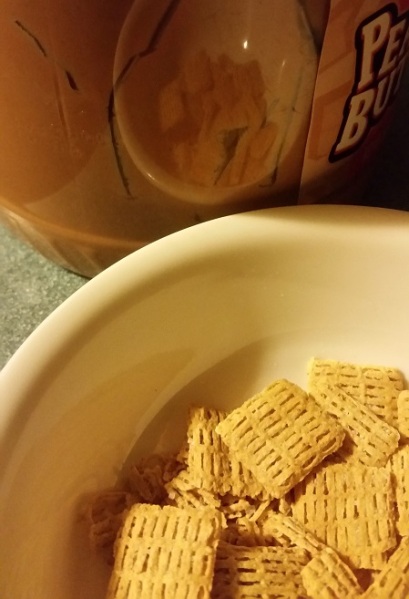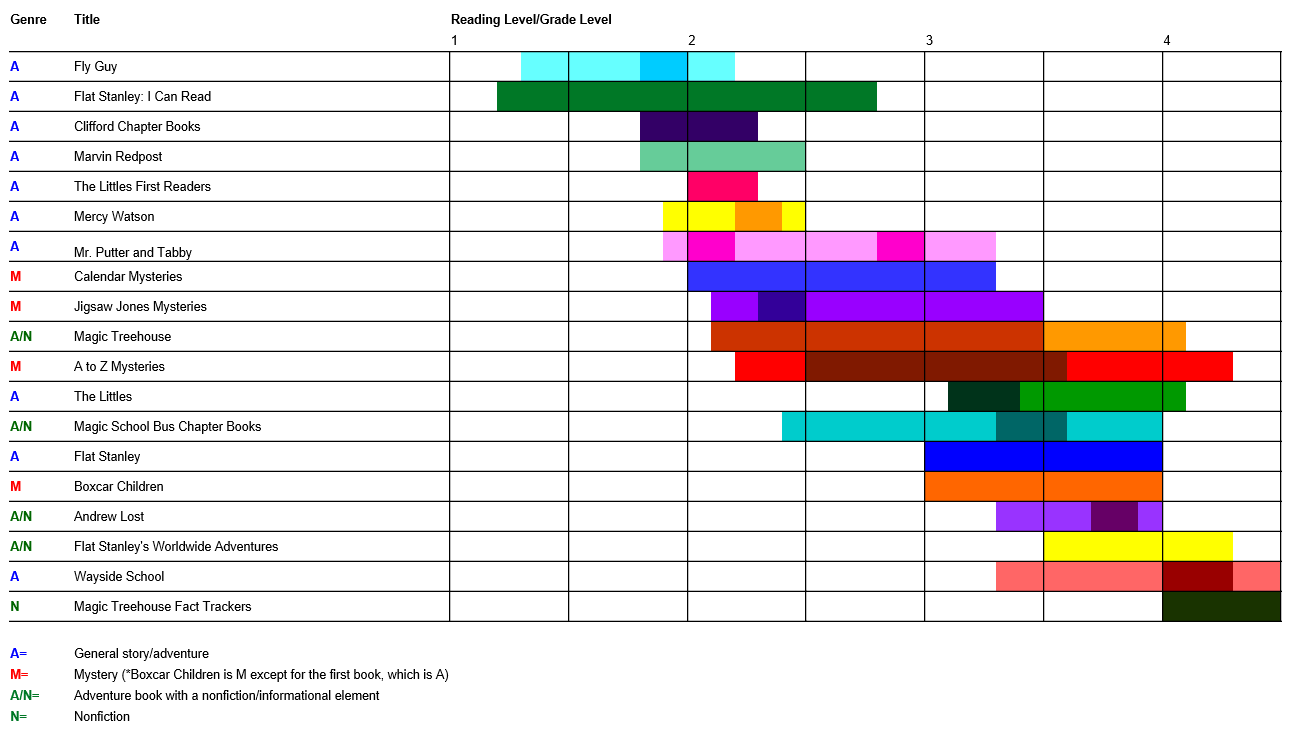Dinnertime was torture for me as a kid. While my family termed me “picky”, I considered myself merely to be a keen observer of flavors and textures–with a distinct idea of which ones I liked and didn’t like. I can remember many meals at which my mother griped, “I hope you have a little girl just like you some day!”
 Well, she didn’t get her wish. While I do have a little girl, she eats far better than I did. Instead I have a little boy who is a pickier eater than I could ever claim to be.
Well, she didn’t get her wish. While I do have a little girl, she eats far better than I did. Instead I have a little boy who is a pickier eater than I could ever claim to be.
He didn’t start out that way. He started out loving every big-people food he could get his mouth around. But something started causing him to writhe all night long (and none of the very-expensive specialists could figure out why), and slowly my happy baby turned into a perpetually cranky little guy who began refusing more and more foods. By the time he was three, he ate almost nothing besides peanut butter toast and Life cereal–and he was very particular about how he consumed those.
My pediatrician proposed eliminating peanut butter and Life from our home in order to force him to eat something else, but since my child absolutely flipped his lid if I even placed another food too close to his seat at the table, I knew that this extreme would cause a huge emotional upheaval, and that was not the way I wanted to go. Instead, I’ve blazed a far more gradual route–but it’s brought progress in a far less stressful manner.
In case you might find it helpful, here’s what we’ve done.
I started by assessing where he was at and determining my goal for him. When we began, he ate a very limited number of foods and would not tolerate even the proximity of any non-approved food items. My goal for him was not to be a bold, adventurous eater, but merely to be capable of tasting new foods without a complete meltdown and (ideally) to broaden his palette. Rather than jumping straight to tasting new foods, I worked in baby steps, always telling him what I planned to do before doing it–and giving him at least a one-day warning. Our steps were as follows:
1. Tolerate the proximity of new foods. I determined a “D Day” and began talking it up. (“On Sunday night, I’m going to do something different. At dinnertime I am going to put a tiny bit of one or two dinner foods on your plate along with your toast. You won’t have to eat these foods or even touch or sniff them, and I’ll make sure they’re not touching your toast in any way. You’re getting to be a big boy, though, and I want you to get used to at least looking at new foods so that you don’t get upset when a food you don’t like is near you. If you never get used to new foods, it will be very hard for you to visit other people’s houses and share meals with them, and I think that will be important to you as you grow older.”) After spending two days providing this very specific warning of what I was going to do, when, and why, I began by putting teeny dollops of one or two foods on one side of a plate, far from his toast. Before I brought his food to the table, I gave him a final warning about what he would see. He wasn’t thrilled, but I reminded him that he knew it was coming and it would not effect his eating, so he survived. After a few days, he stopped fussing about the new foods on his plate.
2. Smelling new foods. When looking at new foods became easy, I began talking about our next step. Now, rather than just looking at the foods, he would smell them. Again, I talked about this change before I implemented it, and I gave a specific time when it would begin. At the first meal, I required him to smell one food. I reminded him that he needn’t touch it or taste it, only smell it. Again, I provided the reason I felt this to be important for him to learn. He resisted with some tears, but I calmly insisted and withheld his toast until he allowed me to pass the food within six inches of his nose. Allowing him to choose which food to smell alleviated some of his distress and gave him some control over the situation. This step took longer than the last one, and it was several weeks before he would consistently smell our dinner without falling apart.
3. Touching new foods. Again, after the previous step grew to be easy, I began talking about touching the new foods. I emphasized that I would not require him to taste the food, but that I wanted him to begin getting used to the feel of different foods. Again I set a particular date and time at which this step would begin, and I explained that I would touch a bit of food to his closed mouth. I assured him that he could hold a rag and immediately wipe his mouth. This, again, was a challenging step, and I think the only thing that made it survivable for him was that I allowed him to choose which food to touch to his lips. Frankly, I don’t care what food he gets used to, so long as he is broadening his horizons.
4. Tasting new foods. With the same warnings as before, we moved on to tasting once touching proved tolerable. Initial tastes were a quick tongue poking at a spoon of food and barely getting an atom of flavor, but it was a start. I let him have a drink ready to wash away the flavor and a rag to wipe his tongue if necessary, and again he was allowed to select the food to taste.
4b. This is a bit of an in-between step. After he was comfortable touching his tongue to new foods, I began to require him to take a teeny bit of the food in his mouth. At this stage, he was allowed to spit the food out onto his plate if he wanted to. I felt we needed some bridge between tasting and feeling the food outside of his mouth and tasting and feeling it inside his mouth BEFORE I started requiring him to swallow the food.
5. Eating new foods. Once he could handle tastes, swallowing was next. Initial swallows were minuscule–and I would listen to complaints about size and make the taste smaller if possible. Gradually–oh, so very gradually–I increased the size of his tastes.
Success? Three months after beginning this path, my child’s meals still consist mostly of peanut butter toast and Life cereal. He chooses one food to taste at each family meal, though he generally heads for the vegetables or grain products. Compared to what he was willing and able to tolerate a few months ago, however, I consider our progress a victory.
And there’s more. The other day when I was deciding what to make for dinner, little Pookie piped up with, “I think you should make beans, Mommy. I kind of like those.” And when I triumphantly placed a bowl of beans on the table that night, he pointed to one and said, “I’m going to eat this one–it’s nice and big!” And then, much to my shock, he added, “And maybe I could eat another one, too.” I now have a two-bean Pookie. Better yet, this very night he declared that the next time we have beans, he’s going to choose three to eat.



 And then there was this year. When we arrived at the cottage, it was nearly bedtime, and he flipped out over a stain on the ceiling. I thought, “Here we go again…” But that was pretty much the end of his freak-outs. He relished each day at the beach. He ASKED to climb the lighthouse again this year and bravely strolled around once we reached the top, even smiling for a picture, this child of mine who HATES being photographed. He had a blast at the petting farm, admiring the animals and bouncing like crazy on the jumping pillow and even going down an enormous tube slide all on his own. He placed an ice cream order–and then ate the ice cream.
And then there was this year. When we arrived at the cottage, it was nearly bedtime, and he flipped out over a stain on the ceiling. I thought, “Here we go again…” But that was pretty much the end of his freak-outs. He relished each day at the beach. He ASKED to climb the lighthouse again this year and bravely strolled around once we reached the top, even smiling for a picture, this child of mine who HATES being photographed. He had a blast at the petting farm, admiring the animals and bouncing like crazy on the jumping pillow and even going down an enormous tube slide all on his own. He placed an ice cream order–and then ate the ice cream.
 Well, she didn’t get her wish. While I do have a little girl, she eats far better than I did. Instead I have a little boy who is a pickier eater than I could ever claim to be.
Well, she didn’t get her wish. While I do have a little girl, she eats far better than I did. Instead I have a little boy who is a pickier eater than I could ever claim to be.